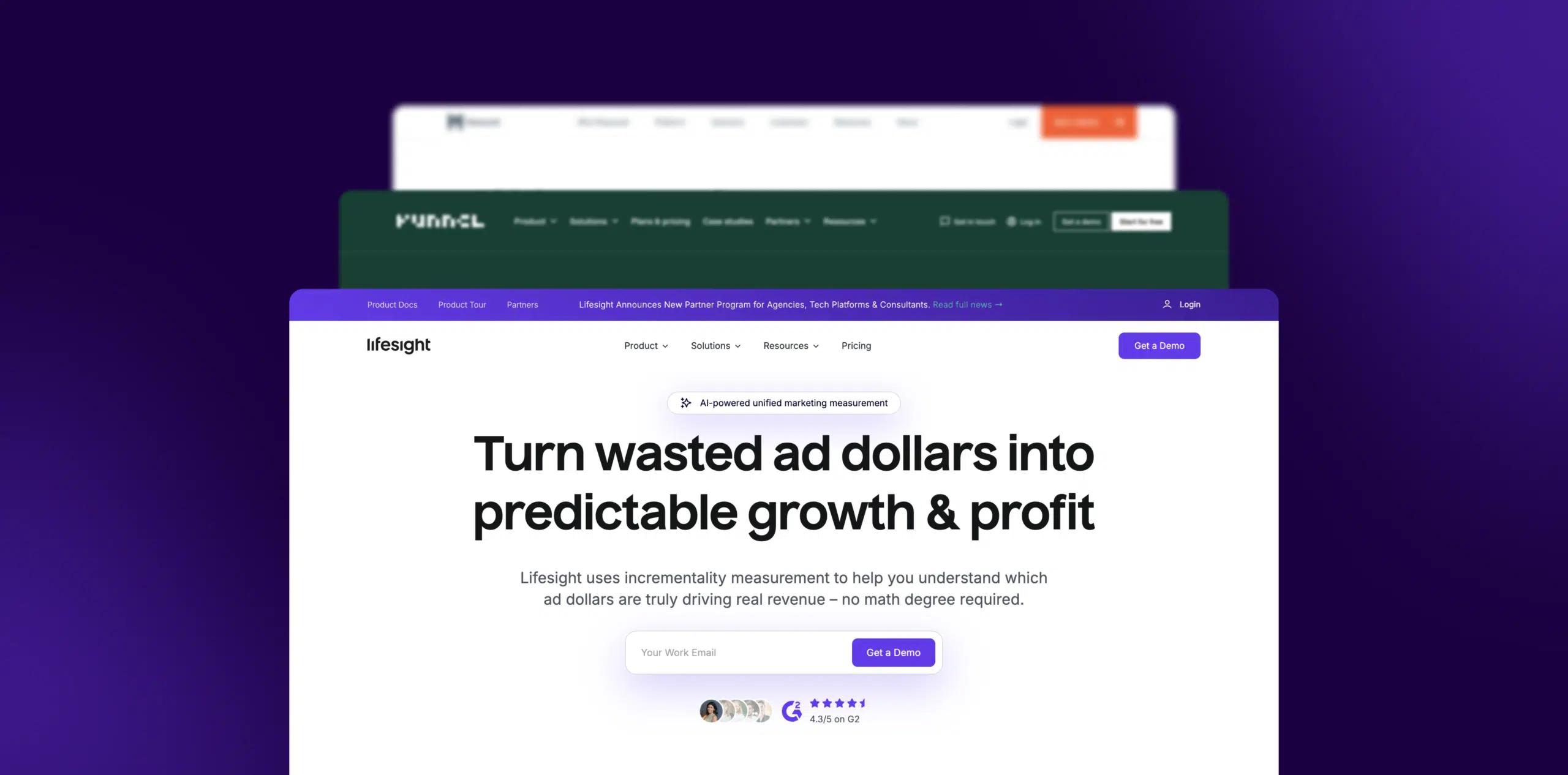What is K-Factor?
In an ecommerce context, the K-Factor is used to measure the growth of websites, games, applications, and other digital products based on the number of referrals each existing user generates on average. It gives a numerical value to viral growth, allowing organisations to assess the infectiousness of their products or services. The concept borrows from the field of epidemiology, where the K-Factor measures how quickly a disease might spread among a population.
Formula
K-Factor = i * c Where i is the number of invites sent by each user, and c is the conversion rate of those invites.
Example
Consider an ecommerce website where each user invites 5 friends (i=5), and 20% of those friends make a purchase (c=0.2). The K-Factor would be 5 * 0.2 = 1. A K-Factor greater than 1 indicates exponential growth, while a value less than 1 represents slow growth.
Why is K-Factor important?
The K-Factor serves as a vital marketing tool, representing the virality of a product or service. Essentially, it measures word-of-mouth marketing, showing how an existing user base can generate new users. By optimising the K-Factor, ecommerce platforms can effectively leverage the power of referrals for customer acquisition and drive exponential growth with minimal advertising spend.
Which factors impact K-Factor?
Improving the K-Factor can be achieved through effective referral programs, enhancing user experience, creating share-worthy content, and offering incentives for referrals. Other strategies include enhancing social media presence, a/b testing, using influencer marketing, and employing user re-engagement tactics.
How can K-Factor be improved?
Factors that affect the K-Factor include customer satisfaction, product quality, brand reputation, ease of the referral process, strength of incentives, and the degree of market saturation. Also, certain times and events can cause fluctuation in the K-Factor, such as product launches, sales promos, or seasonal trends.
What is K-Factor’s relationship with other metrics?
K-Factor often correlates with metrics such as customer lifetime value (CLTV), customer acquisition cost (CAC), and conversion rates. A higher K-Factor could potentially lower CAC as organically acquired customers (through referrals) usually cost less than those obtained through paid channels. Similarly, a robust K-Factor can increase the CLTV, as referred customers tend to be more loyal and make repeat purchases.
Free essential resources for success
Discover more from Lifesight






















































